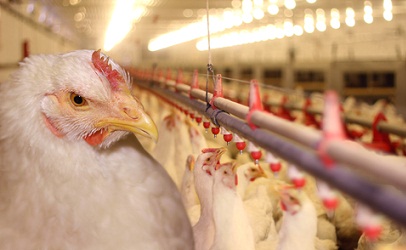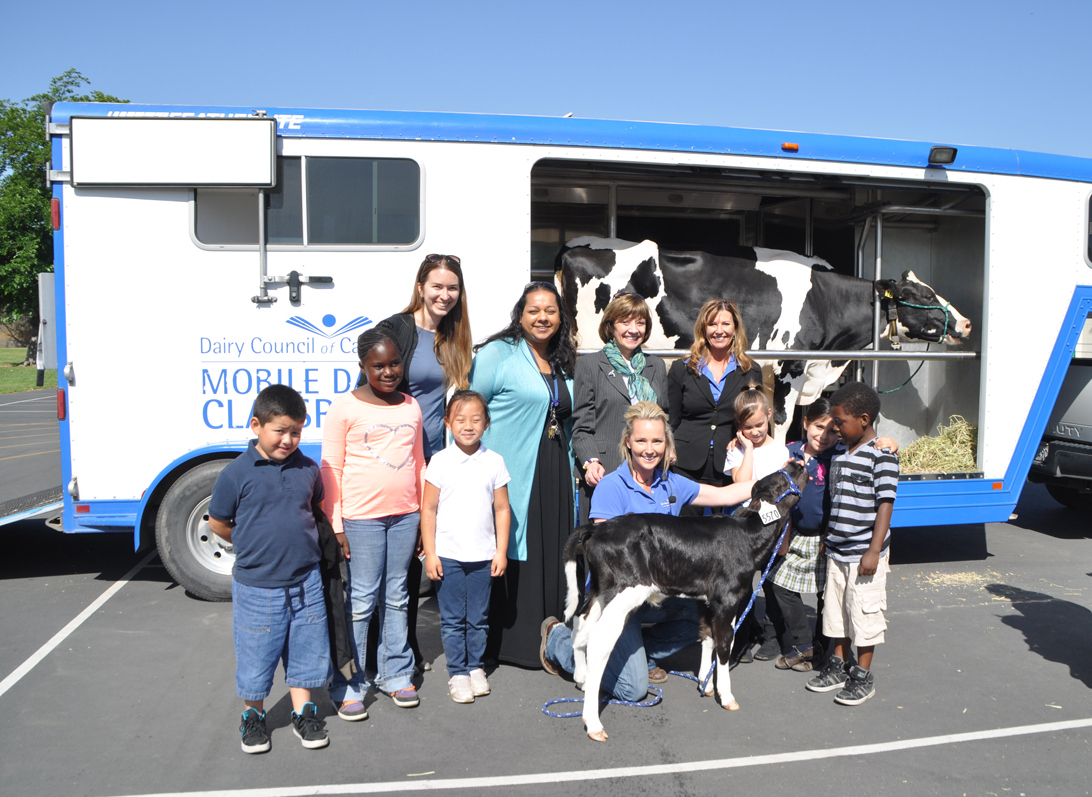Meat Price Trends Point to Increase in Poultry Sales
By: Ching Lee; Ag Alert
The Memorial Day weekend usually kicks off the summer grilling season, and Bill Mattos, president of the California Poultry Federation, said he expects shoppers will look more to chicken and other poultry products this year as less expensive protein alternatives to beef and pork.
“The barbecue season is a big time for chicken,” he said. “We think prices will probably go up for chicken, but not at all like we’re seeing in beef and pork.”
With the U.S. cattle herd at its lowest in more than 60 years—made worse in recent years by drought-related downsizing—and the porcine epidemic diarrhea virus lowering U.S. pork production, market analysts say poultry meats are poised to fill that market gap.
The bright outlook for poultry producers is expected to continue into 2015, as U.S. beef production is forecast to drop by nearly 6 percent this year, while pork production will also fall by as much as 7 percent, according to the Rabobank Food and Agribusiness Research and Advisory division.
William Sawyer, an analyst with Rabobank, said although overall U.S. meat consumption has declined in recent years—even before the recession—chicken consumption has stayed relatively stable and is now growing.
“That’s been largely driven by the fact that beef prices have risen significantly more than chicken has,” he said.
With the price of ground beef eclipsing that of chicken breast, Sawyer noted that fast-food restaurants such as McDonald’s are taking advantage of poultry’s lower price points by offering more new menu items featuring chicken.
Given how expensive it is to raise cattle compared to chicken in terms of feed cost, Sawyer said he expects chicken will continue to gain market share.
“Once consumers have the appetite for value, which is what we’ve seen in the growth in the chicken sector, it’s unlikely that beef is going to regain that per-capita consumption that it’s lost in the last seven or eight years,” he added.
Sawyer said consumers who buy specialty products such as organic, free-range or antibiotic-free are much less sensitive to price changes anyway, so producers who raise birds for these markets are not as impacted by current price trends in the conventional market.
Although USDA projects U.S. pork production will bounce back from the PED virus next year with a growth of 2.9 percent, beef production is expected to continue to decline, as ranchers retain their heifers in an effort to expand their herds.
That means meat prices will likely remain strong—and with lower corn prices, poultry producers will still have incentive to increase production, Sawyer said.
In addition, U.S. chicken exports, which take up 20 percent of total production, are expected to continue to grow, particularly to Mexico, and that will also help to support higher chicken prices, Sawyer said.
“So the outlook is very positive and very profitable,” he added.


















